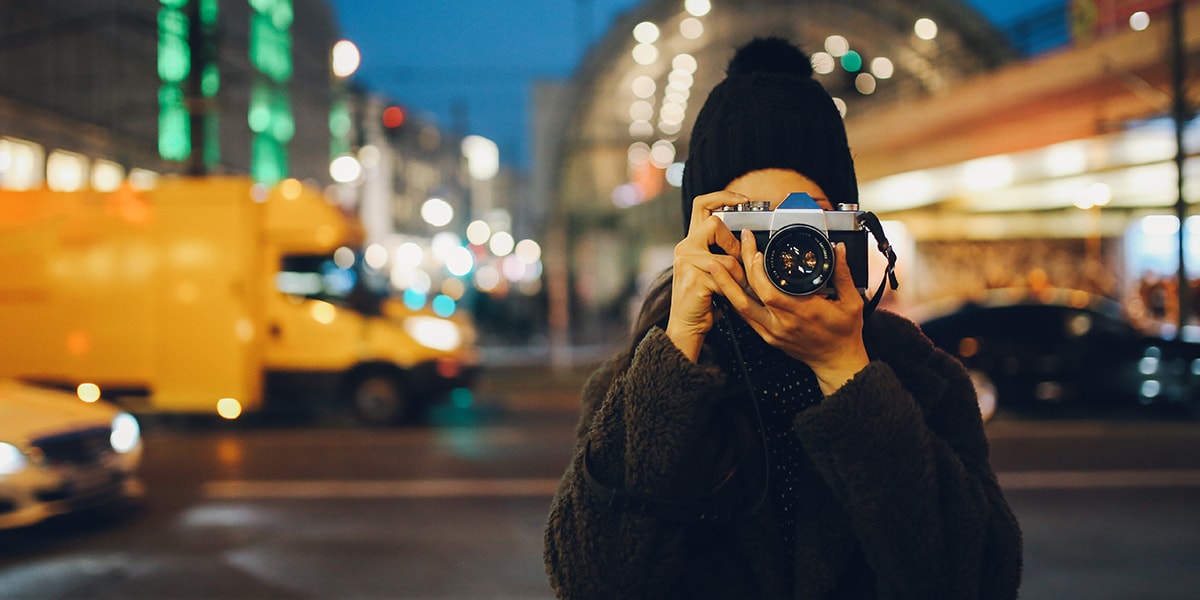Indicators on Framing Streets You Should Know
Table of ContentsAn Unbiased View of Framing StreetsThe Main Principles Of Framing Streets The Only Guide to Framing StreetsThe Definitive Guide for Framing Streets

Both at the Museum of Modern Art (Mo, MA). Motivated by Frank, in the 1960s Garry Winogrand, Lee Friedlander and Joel Meyerowitz started photographing on the streets of New york city. Phil Coomes, composing for BBC News in 2013, claimed "For those people thinking about road photography there are a few names that attract attention and among those is Garry Winogrand"; doubter Sean O'Hagan, creating in in 2014, claimed "In the 1960s and 70s, he defined road photography as an attitude as well as a style and it has laboured in his shadow ever before given that, so clear-cut are his photos of New York." Returning to the UK in 1965 from the US where he had actually met Winogrand and taken on street digital photography, Tony Ray-Jones transformed a wry eye on typically surreal groupings of British people on their vacations or taking part in events.
Road digital photography is a substantial style that can be specified in many ways, however it is often identified by the spontaneous capturing of an unrepeatable, fleeting moment, often of the everyday going-ons of strangers. It is typically fired with larger angle lenses (e. g. 35mm) and typically features city settings.
Top Guidelines Of Framing Streets
Docudrama digital photographers generally have actually a defined, deliberate message and an objective to tape certain occasions in history (https://www.intensedebate.com/people/framingstreets1). The range of the docudrama method encompasses elements of journalism, art, education, sociology and history. In social examination, documentary images are commonly planned to provoke, or to highlight the demand for, social modification
Street digital photography is normally viewed as unposed and honest, however there are a few road photographers who interact with unfamiliar people on the streets and take their pictures. Street pictures are unintended pictures taken of complete strangers while out doing street digital photography, nonetheless they are seen as presented because there is interaction with the topic.
Photographing individuals and areas in public is lawful in most nations protecting freedom of expression and journalistic liberty. There are usually limitations on exactly how pictures of people may be made use of and most countries have certain regulations concerning individuals's privacy.
The Best Strategy To Use For Framing Streets
Of freedom of expression. While likewise limiting photography in order to shield personal privacy legal rights, road photography can still be legal in France when sought as an art type under certain conditions.

. that simply roamed right into a scene), or who are not even recognizable in the photo. https://soundcloud.com/framingstreets1. It also does not generally include individuals who are public numbers (e. g - Lightroom presets. politicians or stars). If a photo is considered art, the courts will certainly additionally take into consideration the digital photographer's freedom of creative expression; check this site out indicating that "artistic" road photography can still be legally published in specific instances
See This Report about Framing Streets
In Greece the right to take photographs and publish them or sell licensing rights over them as great art or editorial content is protected by the Constitution of Greece (Short article 14 and other posts) and totally free speech legislations as well as by instance regulation and legal cases. Photographing the police and releasing the photographs is likewise lawful.
In Hungary, from 15 March 2014 any person taking pictures is practically damaging the regulation if a person wanders right into shot, under a brand-new civil code that bans taking images without the authorization of every person in the photo - Street photography hashtags. This broadens the legislation on grant include the taking of pictures, along with their publication
'Covert photography' (kakushidori hidden, surreptitious photography) 'taken photography' (nusumitori with no intention of getting consent) and "fast digital photography' (hayayori before consent and rejection can be provided) are forbidden unless in the previous approval is acquired from the subject immediately after taking the image. Individuals have legal rights to their pictures (shzken, droit de image).